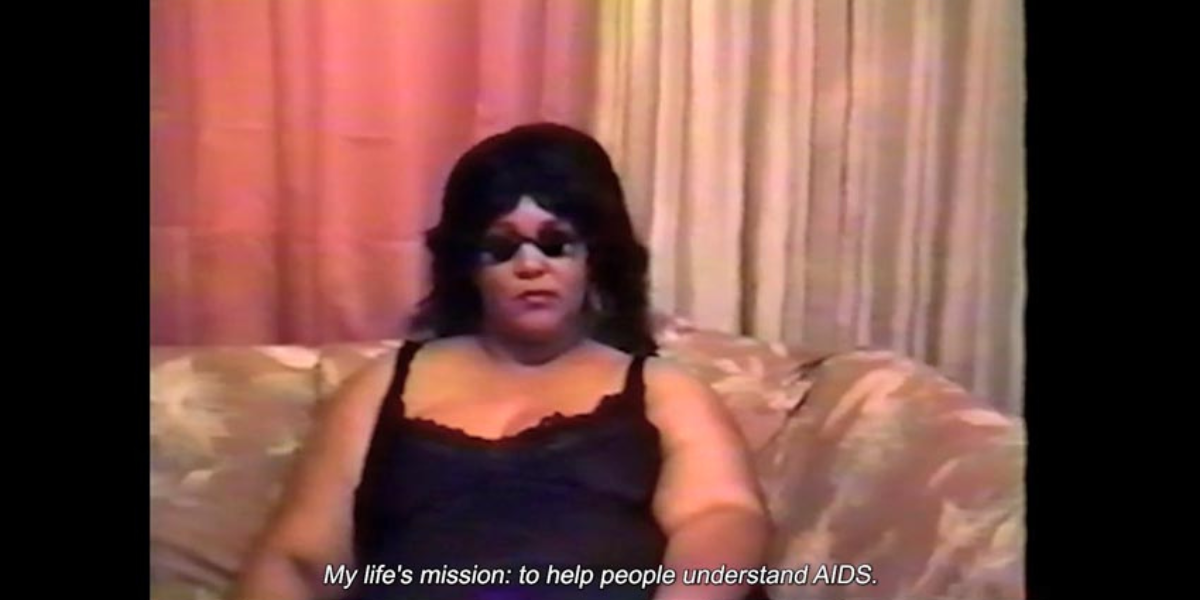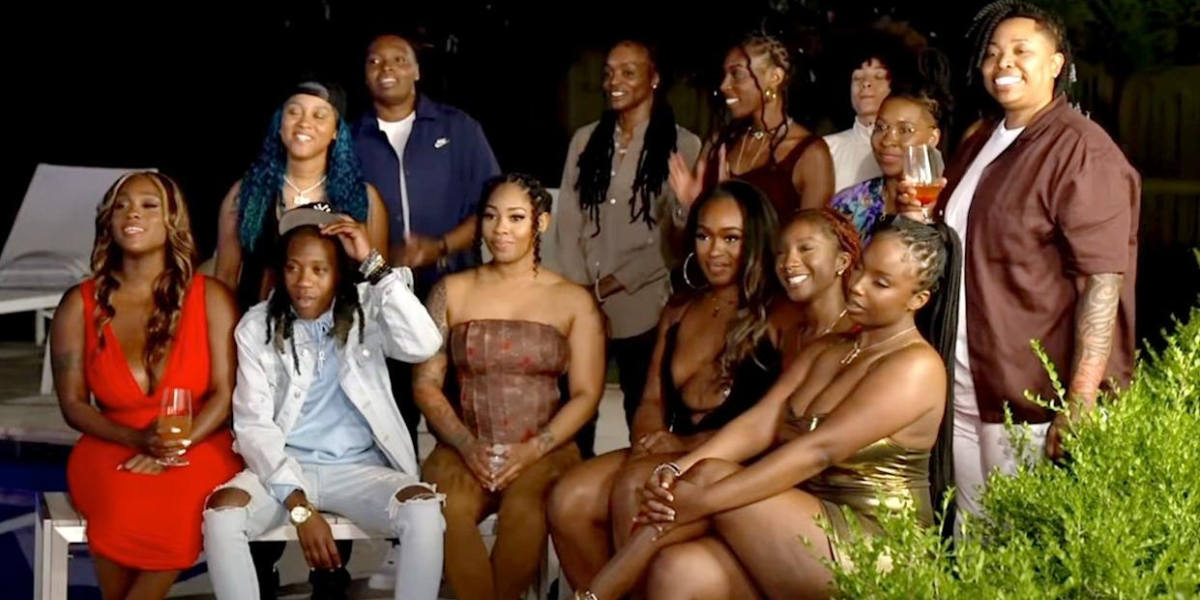Into the AF+ Advice Box
Need Advice? Talk Queer to Us
Have a dream you want interpreted or a question for the tarot?

Credit
Test Test
Subtitle
When this film came out in 1983, its story about a woman leaving her husband to be a lesbian felt fresher than it does today. (Although it wasn’t the first — A Woman Like Eve beat it by four years.) But I think modern audiences would be surprised to revisit this classic and discover how sharp and moving it remains.
Article Roundups
Featured Archive
On Grandmothers and Malai Curry as Thick as My Missing
Caesar Salad: Anamnesis
Hot Cheetos: A Chorus
Welcome To The Dinner Party

Getty images
Advice Box – New
My custom title
My custom description

Block Title
Subtitle
Made from recycled plastics and in a variety of fun colors, the Zinken headphones are making us want to go old school and plug back in. Zinken is a well-balanced headphone with loud and clear sound, making it the perfect tool in the DJ booth. Wired with a reversible TurnCable™ there is no need to worry about adaptors. The tough yet flexible on-ear construction feel comfy, no matter how long and rowdy your gig gets.
Frequently Asked Questions

Where do your member dollars go?
Do you provide ongoing support?
Article Carousel
Become a Member
Become a Member to support queer journalism
Featured Series





















